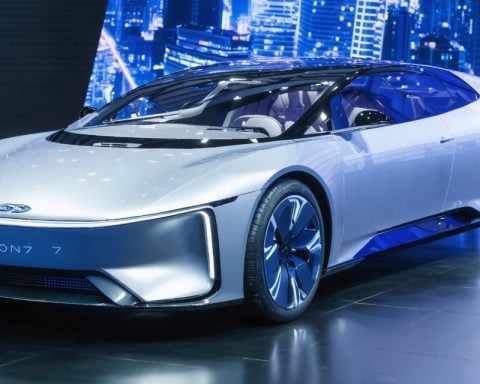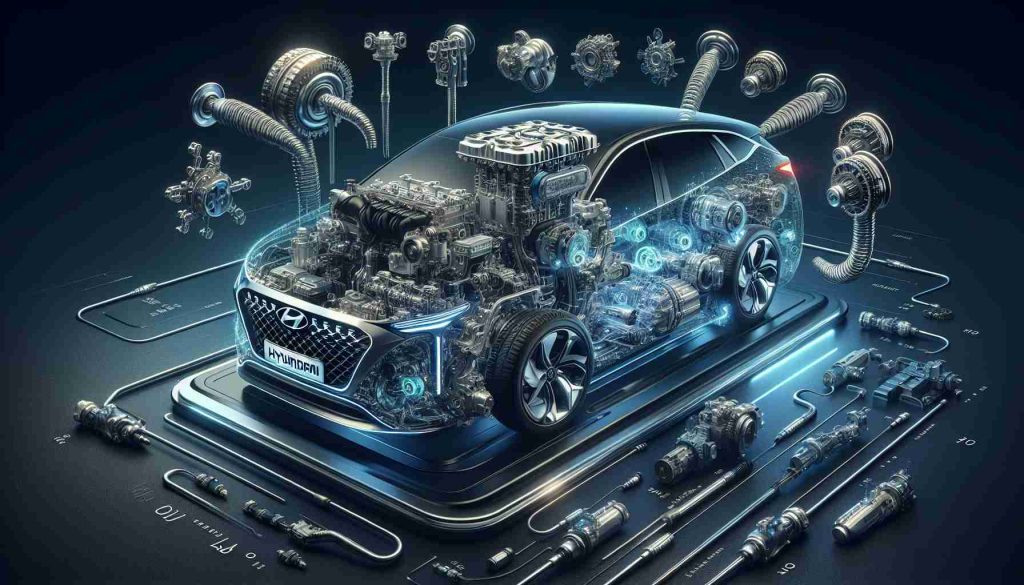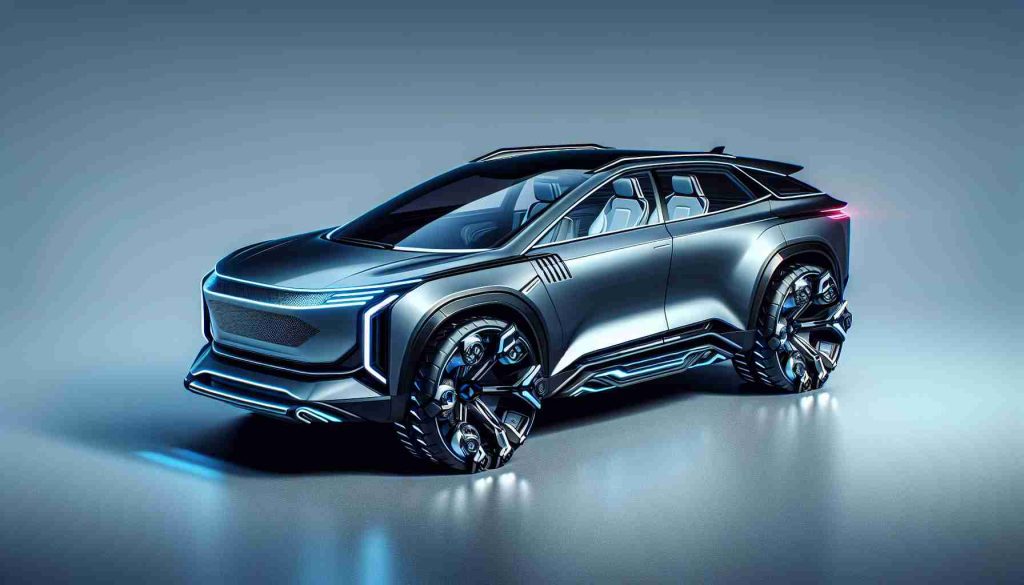The Hidden Benefits of Electric Vehicles in the U.S.
The surge in electric vehicle (EV) popularity across the United States faces a major hurdle: cost concerns. Although many consumers perceive the price of EVs as higher than traditional gas-powered cars, the reality is more nuanced. A clever California resident showcased how they significantly reduced the cost of a Tesla Model 3 by utilizing state and federal incentives, ending up with a new car priced at approximately $21,000 after rebates and credits.
California’s Clean Vehicle Rebate Project has provided substantial incentives, allowing eligible buyers to secure rebates up to $7,500. Additionally, the federal tax credit, a part of the Inflation Reduction Act, can add another $7,500 for qualifying vehicles. While California’s incentive program concluded in November 2023, there’s a possibility of its reinstatement depending on the federal landscape.
Surprisingly, California isn’t the most generous state. In Colorado, for instance, drivers can access incentives totaling up to $26,500. This requires stacking various available state and federal programs.
Beyond up-front savings, the long-term financial advantages of owning an EV are considerable. Operating an EV only costs about 5 cents per mile, contrasting sharply with the average fuel cost of 15 cents per mile for combustion engines. This could translate to annual savings of approximately $1,350 for the average driver. Additionally, EVs demand far less maintenance over time and contribute to a significant decrease in carbon emissions, making them a win-win for both the wallet and the planet.
Broader Implications of the Electric Vehicle Revolution
The rise of electric vehicles (EVs) signifies more than just a shift in consumer preference; it brings profound implications for society, culture, and the global economy. As more Americans embrace EV technology, we witness a transformation in automotive culture, with sustainability becoming a key driver of consumer identity. For urban centers, adoption of EVs could lead to cleaner air and reduced health care costs associated with pollution—a tangible benefit for public health.
Economically, the booming EV market is poised to create millions of jobs, from manufacturing to maintenance, reshaping the job landscape. As noted by a report from the International Energy Agency, global EV sales are expected to surpass 30% by 2030, which could influence global supply chains and the fossil fuel market, pushing oil prices to adjust in response to decreasing demand.
The potential environmental effects are equally notable. Transitioning from internal combustion engines to EVs could result in significant reductions in greenhouse gas emissions. However, careful management of battery production and disposal is crucial, as lithium extraction and processing carry their own environmental risks. Future trends in battery recycling and alternative green technologies will be pivotal in ensuring sustainable growth.
In the long term, the significance of this shift cannot be overstated. As EV adoption increases, we may witness urban designs evolving to accommodate more electric infrastructure, such as charging stations integrated into public transport and city planning. This transformation points to a future where clean energy not only fuels our vehicles but also drives economic growth and cultural change, forging a path towards a more sustainable and equitable society.
Unlocking the True Value of Electric Vehicles: Surprising Benefits and Financial Incentives
The Hidden Benefits of Electric Vehicles in the U.S.
Electric vehicles (EVs) are revolutionizing the automotive landscape of the United States, but many potential buyers remain hesitant due to initial cost perceptions. While it’s true that some EVs have a higher sticker price compared to traditional gas-powered cars, various incentives and long-term savings present a compelling case for transitioning to electric.
Financial Incentives Available for EV Buyers
1. California’s Clean Vehicle Rebate Project: This extensive program offers rebates for eligible buyers, but with its conclusion in November 2023, buyers are encouraged to explore reactivation possibilities based on federal policy changes.
2. Federal Tax Credit: Under the Inflation Reduction Act, buyers can benefit from a federal tax credit of up to $7,500. It’s vital for consumers to stay updated on the eligibility requirements as they can change frequently.
3. Colorado’s Generous Offers: Colorado emerges as a leader in electric vehicle incentives, allowing for a staggering total of up to $26,500 in savings when combining state and federal programs, making it one of the most attractive states for EV purchases.
Long-Term Cost Benefits of EV Ownership
Investing in an electric vehicle can lead to substantial savings over time. The operating cost of an EV can be as low as 5 cents per mile, drastically lower than the 15 cents per mile average for traditional combustion engine vehicles. This results in potential annual savings of around $1,350 for the average driver. Additionally, EVs typically require less maintenance due to fewer moving parts, further enhancing their cost-effectiveness.
Environmental Impact: A Cleaner Future
Transitioning to electric vehicles not only supports personal financial goals but also contributes significantly to reducing carbon emissions. EVs produce zero tailpipe emissions, which helps in combating air pollution and combating climate change. This aspect makes EVs a smart choice for environmentally conscious consumers.
Use Cases and Innovations
Electric vehicles are not only practical for daily commuting but also cater to various consumer needs through innovations such as:
– Home Charging Stations: Many homeowners are now installing charging systems, further reducing operational costs.
– Range Improvements: Recent advancements are increasing the range of EVs, alleviating common concerns about battery life.
– Smart Technology: With features like regenerative braking and energy-efficient driving modes, EVs are becoming more user-friendly and efficient.
Price Comparisons and Market Trends
As the market for EVs continues to expand, wide-ranging models are available, from budget-friendly options like the Nissan Leaf to luxury brands such as Tesla. Consumer interest has skyrocketed, and industry analysts predict a continued trend toward electric mobility, fueled by improving technology and higher rates of consumer adoption.
Limitations and Considerations
Despite the numerous advantages, potential buyers should consider:
– Charging Infrastructure: While rapidly improving, some areas still lack comprehensive charging options.
– Initial Investment: Even with incentives, the upfront cost may still be a barrier for some consumers, especially those in lower-income brackets.
In conclusion, while the perception of electric vehicles as expensive may still linger, the reality is layered with potential savings, environmental impact, and expansive financial incentives that may change the way we see automotive ownership in the U.S. For more insights and updates on electric vehicles, visit the U.S. Department of Energy.

















